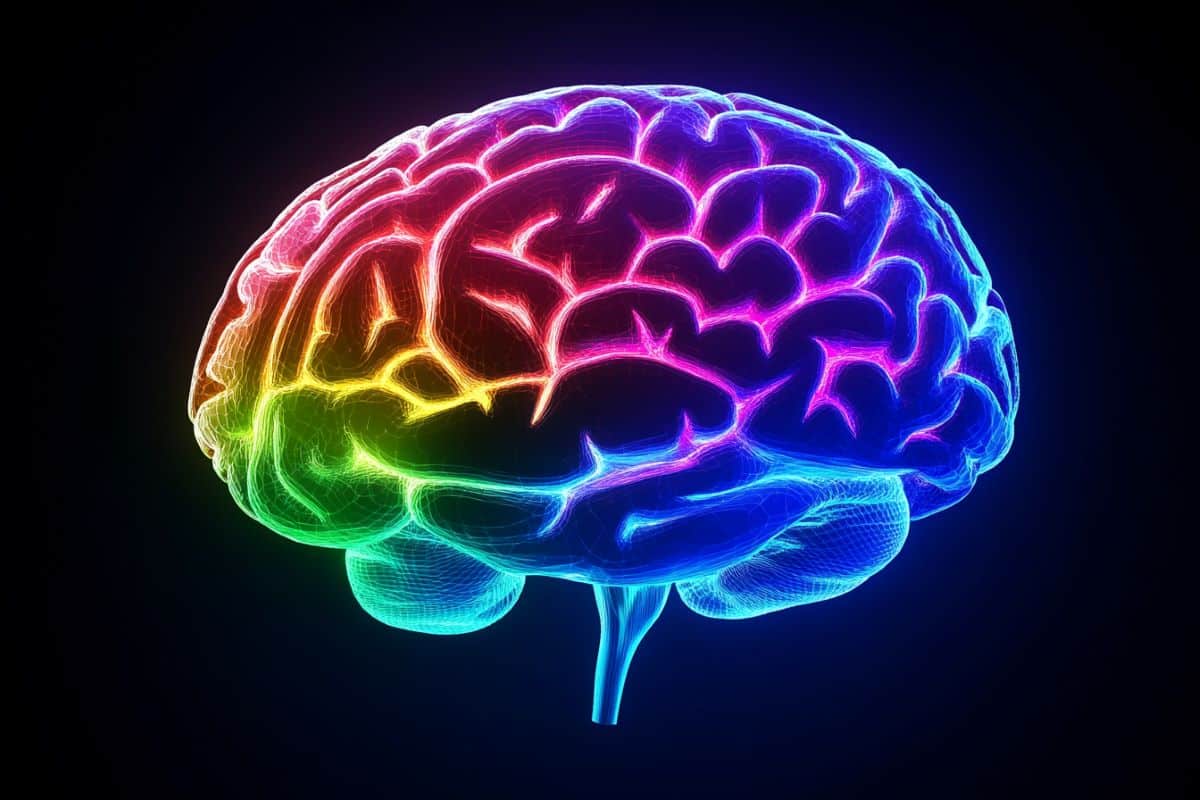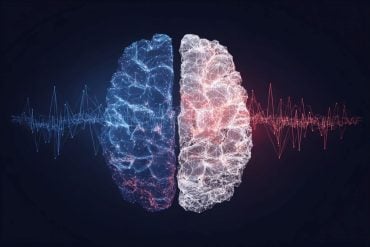Summary: New research reveals that serotonin in the cerebellum plays a crucial role in anxiety regulation. Scientists found that mice with lower cerebellar serotonin levels displayed increased anxiety-like behaviors, while those with higher serotonin levels were less anxious.
By artificially stimulating or inhibiting serotonin-releasing neurons in the cerebellum, researchers were able to bidirectionally control anxiety responses. This challenges previous assumptions that serotonin universally increases anxiety and highlights the cerebellum as a key player in emotional regulation.
The findings provide a potential pathway for developing more precise treatments for anxiety disorders. Future research may explore whether this mechanism operates similarly in humans and how it can be therapeutically targeted.
Key Facts
- Cerebellar Serotonin’s Role: Higher serotonin levels in the cerebellum reduce anxiety-like behaviors in mice.
- Bidirectional Control: Stimulating serotonin neurons in the cerebellum decreases anxiety, while inhibiting them increases it.
- Treatment Potential: Targeting cerebellar serotonin pathways could lead to new anxiety therapies.
Source: SfN
Understanding the neural circuits that drive anxiety may help researchers discover circuit-specific targets and therefore increase the precision of treatment strategies.
Previous studies have separately suggested that increased serotonin levels and the cerebellum may play roles in anxiety.

To explore the relationship between these ideas, Pei Chin, from the University of Pennsylvania, and George Augustine, from Temasek Life Sciences Laboratory, probed whether serotonin in the cerebellum causes anxiety behavior in mice.
Contrary to previous findings, mice displaying anxiety-like behavior had lower amounts of cerebellar serotonin, while less anxious mice had increased serotonin in the cerebellum.
Chin and Augustine then discovered that they could bidirectionally influence anxiety behavior by artificially stimulating or inhibiting the neurons that release serotonin into the cerebellum.
According to the authors, this newfound role of cerebellar serotonin as a “brake” to alleviate anxiety is informative for work in more advanced animal models and the development of new treatment strategies.
About this neuroscience and anxiety research news
Author: Paige McKeon
Source: SfN
Contact: Paige McKeon – SfN
Image: The image is credited to Neuroscience News
Original Research: The findings will appear in Journal of Neuroscience






